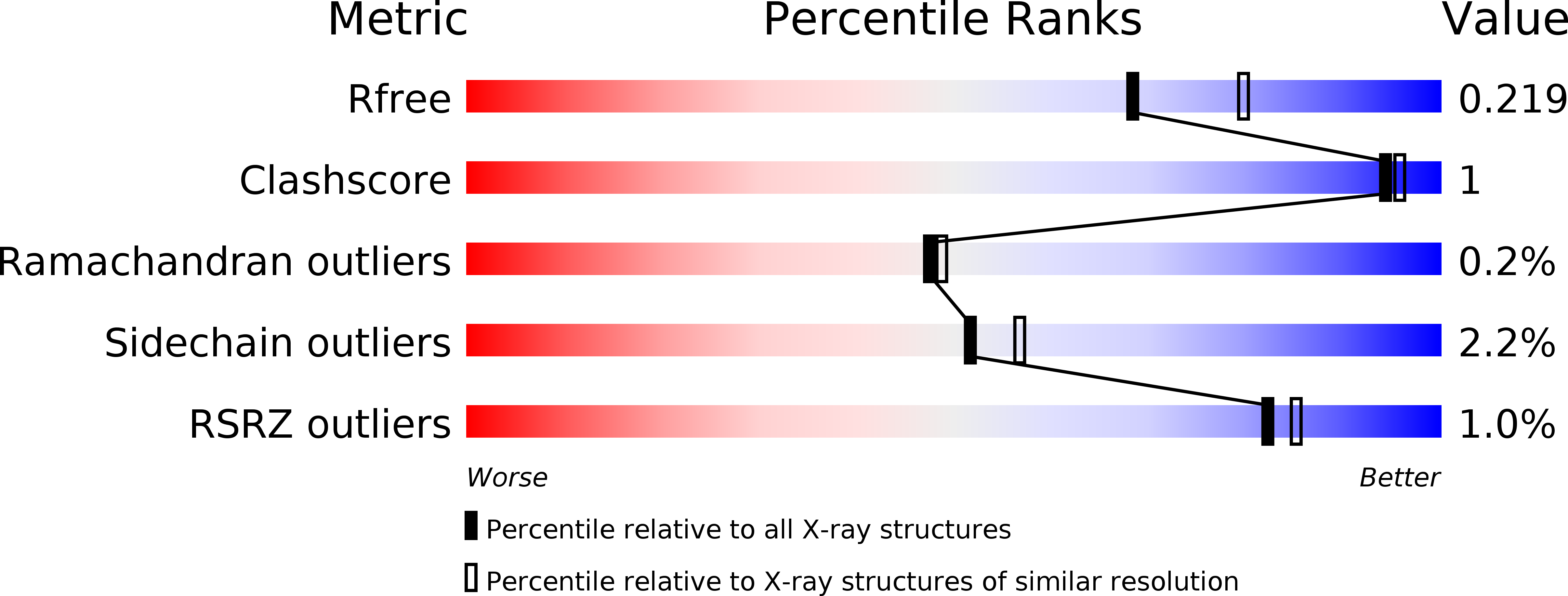
Deposition Date
2018-06-04
Release Date
2019-01-30
Last Version Date
2024-11-13
Entry Detail
PDB ID:
6GOS
Keywords:
Title:
E. coli Microcin synthetase McbBCD complex with pro-MccB17 bound
Biological Source:
Source Organism:
Escherichia coli str. K-12 substr. MG1655 (Taxon ID: 511145)
Host Organism:
Method Details:
Experimental Method:
Resolution:
2.10 Å
R-Value Free:
0.21
R-Value Work:
0.17
R-Value Observed:
0.17
Space Group:
C 1 2 1


